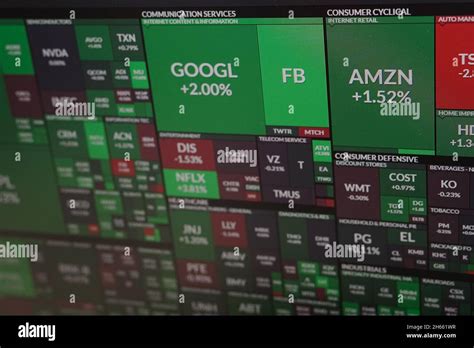The news hit like a bombshell – President Donald Trump’s ambitious tariff plans were unveiled, and the markets responded in a fiery display of red digits. It was as if a storm had swept through the financial world, leaving devastation in its wake.
“Investors hate the new barriers to trade almost as much as corporate supply chain managers do.”
As the dust settled, it became clear that stocks, currency values, and oil prices were plummeting. The fear of an impending trade war-induced slowdown had sent shockwaves across U.S. and global markets alike. The repercussions were felt far and wide, painting a grim picture of economic uncertainty.
Traders on Wall Street braced themselves for impact as they watched the Dow Jones Industrial Average take a nosedive, shedding 1,500 points within moments. The S&P 500 and Nasdaq indices followed suit, cloaked in ominous shades of red. Meanwhile, across the Atlantic, European markets shuddered under the weight of newfound tariffs imposed by the U.S., with Germany, France, and Sweden bearing the brunt of the impact.
“U.S. stock markets opened up sharply lower… Crude oil fell just as hard for the second day in a row.”
Amidst this turmoil, Asian markets too succumbed to selling pressure as key allies like Japan and South Korea faced significant losses. With China retaliating with hefty tariffs on American exports, another wave of panic gripped investors worldwide. The once-stable bond markets mirrored this unease by hitting six-month lows.
Despite expectations that higher tariffs would bolster the U.S. dollar’s strength against global currencies, reality painted a different picture. The greenback faltered against major players like the euro and yen – a telltale sign that investors harbored deep concerns about America’s economic stability in light of escalating trade tensions.
Experts warned that Trump’s aggressive tariff strategy could pave the way for an imminent recession. Analysts at J.P. Morgan predicted dark clouds on the horizon while Yale’s Budget Lab projected a significant dent in GDP growth figures for the year ahead.
“Bond markets reflected concerns about… investors are seeking any sort of safe haven.”
The drama extended beyond financial realms to crude oil prices taking a beating despite geopolitical strife in oil-rich regions such as the Middle East. This unexpected turn underscored how deeply entrenched market sentiments were in response to Trump’s policy decisions.
With each passing day since Trump announced his “Liberation Day” tariffs, uncertainty loomed larger over global economies. While there was recognition that some rebalancing might be necessary in international trade relations, many questioned whether arbitrary tariff rates were indeed serving their intended purpose or merely stirring chaos in already fragile markets.
The tale unfolding before our eyes was one riddled with unpredictability and unprecedented challenges – a stark reminder that every action taken within interconnected global economies has ripple effects far beyond initial calculations.

